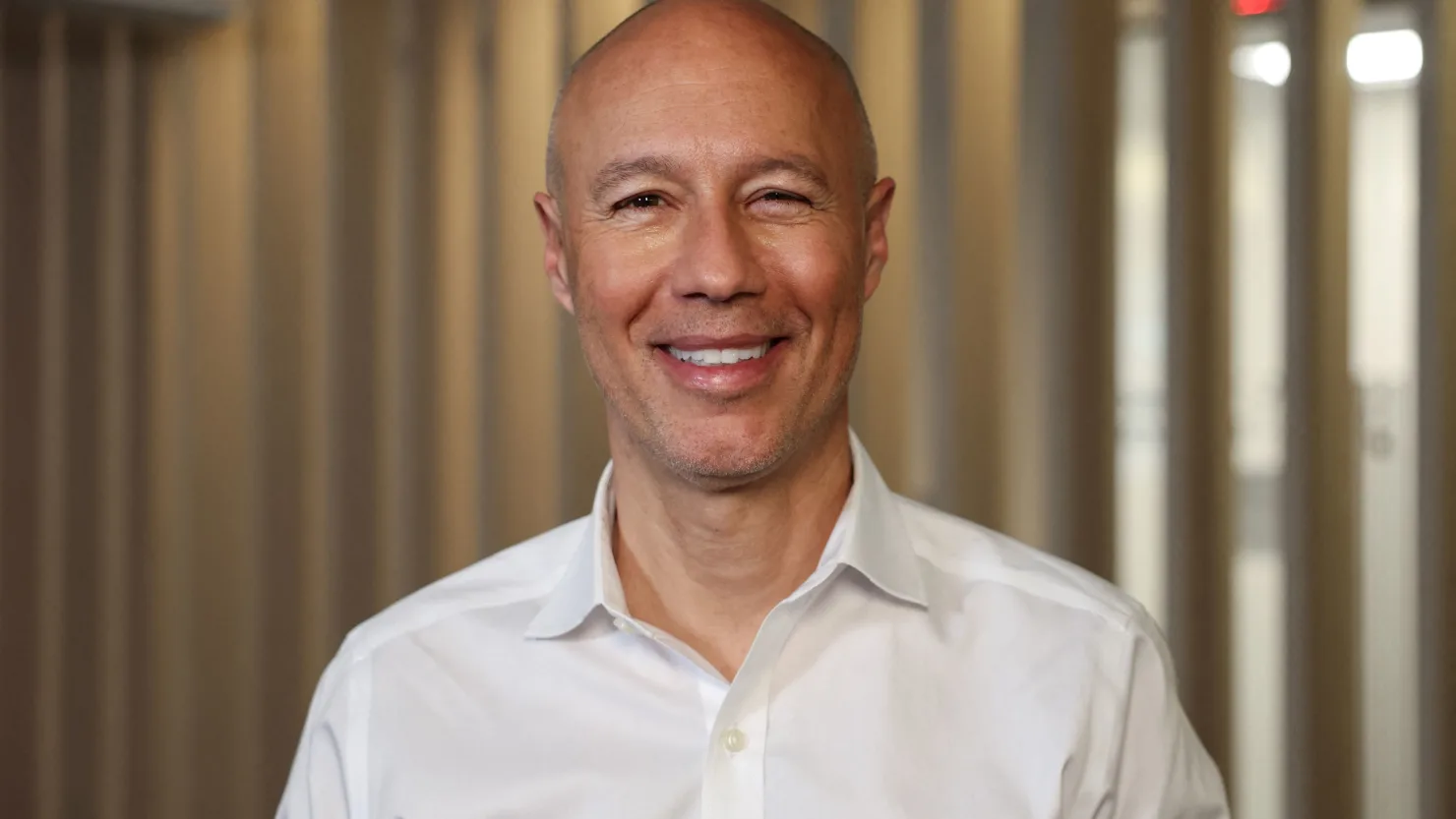Lyft’s stock surged 28% following the release of better-than-expected results for the first quarter, marking its best day since February 2024. The ride-sharing company posted solid growth in its gross bookings and an expanded share buyback plan, leading to investor optimism. Despite ongoing economic uncertainties and concerns about a slowing consumer, Lyft’s CEO emphasized that there were no signs of trouble for the company. He stated that the demand for rides remained strong, and the team was performing better than ever.
Gross bookings for the quarter reached $4.16 billion, a 13% year-over-year increase, slightly exceeding analysts’ expectations of $4.15 billion. Lyft also saw a 16% rise in the number of rides, reaching 218.4 million, surpassing the forecast of 215.1 million rides. This marks the 16th consecutive quarter of growth in gross bookings, underscoring the company’s consistent performance.
The company’s revenue grew by 14% to $1.45 billion, though it fell short of the $1.47 billion target set by analysts. Lyft reported a net income of $2.57 million, or 1 cent per share, a notable turnaround from the previous year’s net loss of $31.54 million, or 8 cents per share. This improvement in profitability, even in a challenging economic climate, was seen as a positive sign for the company’s financial health.
In response to the strong results, Lyft’s board approved an increase in its share repurchase program, raising the buyback amount from $500 million to $750 million. The company plans to allocate $500 million toward the buybacks over the next year. This move was welcomed by activist investor Engine Capital, which announced it would halt its campaign and withdraw its nominations to Lyft’s board after the share repurchase announcement.
In contrast to Lyft’s performance, Uber’s shares declined earlier in the week after reporting mixed results for the first quarter. Following Lyft’s strong performance, Goldman Sachs upgraded the company’s stock to a buy, citing consistent growth in rides and bookings and strong execution in a stable industry environment.
READ MORE:
